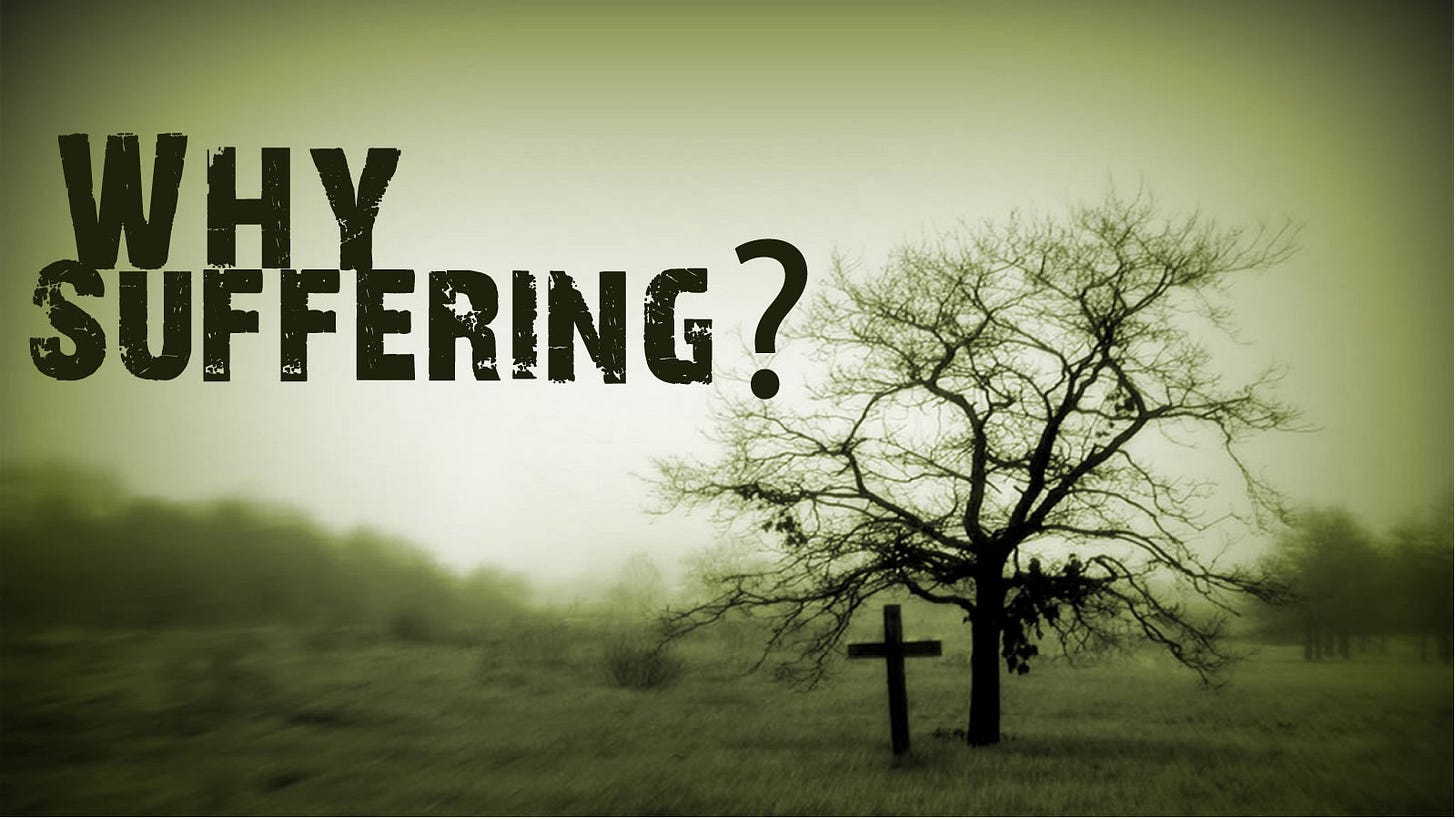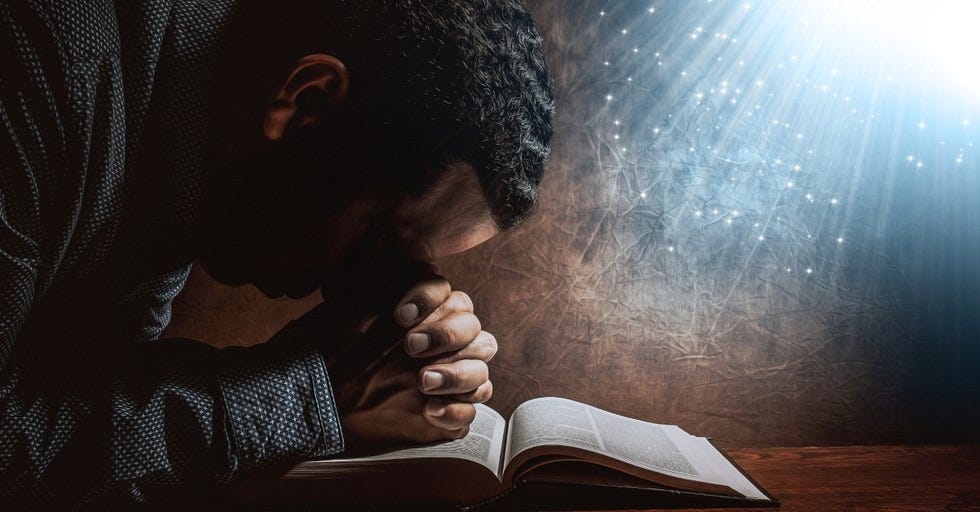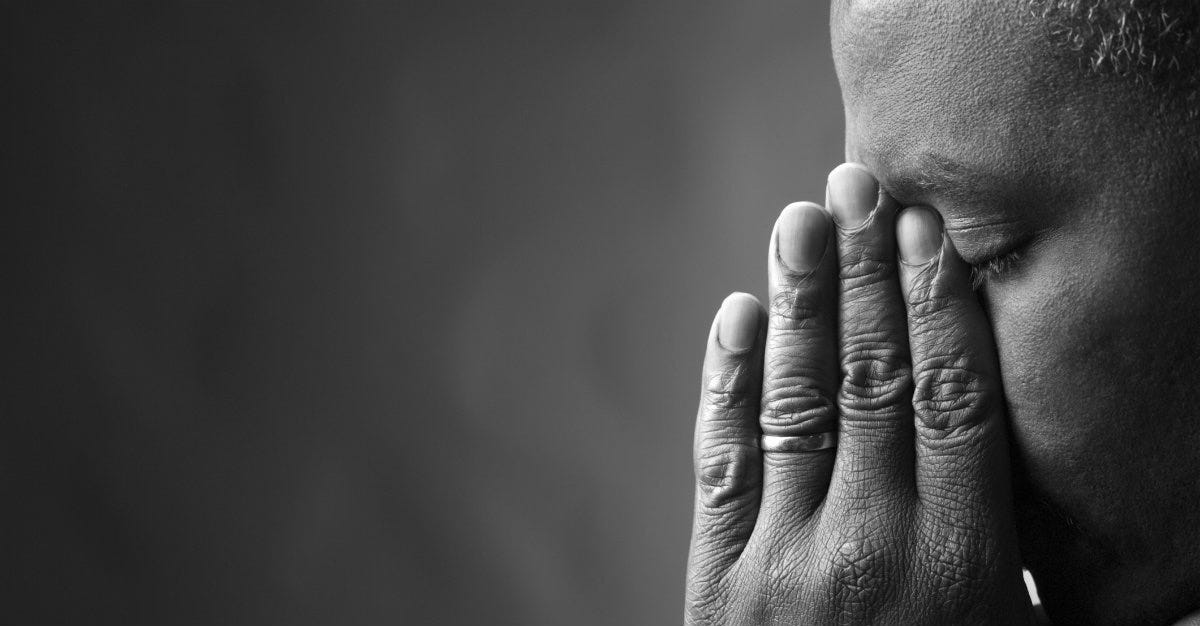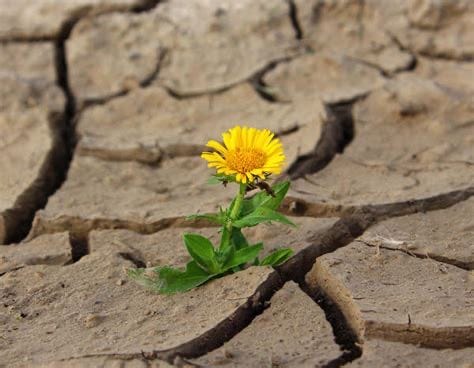Why Suffering is Beautiful
Why should we make ourselves suffer every day? Physically- be it a long walk, a hard workout, a challenging bike ride, or an ice plunge in 40-degree water for two minutes. A hot steam or dry sauna. Mentally - even starting a new small business or tackling a project we know nothing about and have no idea where to start.
Because suffering reminds us how good we have it. It sharpens our senses, revealing the contrast between struggle and ease, discomfort and joy. The pain enhances the suffering, but it also enhances the joy that follows, making the good moments feel richer and more meaningful.
Viktor E. Frankl, in Man’s Search for Meaning, writes:
“When we are no longer able to change a situation, we are challenged to change ourselves.”
Frankl, having endured the horrors of a concentration camp, understood suffering as a crucible for inner transformation. Pain forces us to grow, adapt, and find meaning even when life feels unbearable.
This principle applies to everyday life. When we set our sights on something great—a goal, a challenge, a dream—the suffering endured along the way amplifies the satisfaction of achievement. Without the climb, the summit would be meaningless.
Kahlil Gibran captured this beautifully in The Prophet:
“Your pain is the breaking of the shell that encloses your understanding.”
Suffering cracks us open, exposing our vulnerabilities while deepening our wisdom. It forces us to confront our limits and, in doing so, discover new strength within.
Helen Keller, who faced life without sight or hearing, famously said:
“Although the world is full of suffering, it is also full of the overcoming of it.”
Her life testifies to the fact that suffering, while inevitable, can be transcended—and in that transcendence, we find beauty and purpose.
Even the ancient poet Rumi reminds us:
“The wound is the place where the Light enters you.”
It’s through hardship that we often encounter grace, humility, and gratitude. Without darkness, light would be meaningless. Without struggle, comfort would feel hollow.
The Spiritual Side of Suffering
From a Christian perspective, suffering isn’t just an obstacle—it’s a path to holiness and transformation. The Bible frames suffering as a refining fire, stripping away pride and self-reliance while drawing us closer to God.
Paul writes in Romans 5:3-4:
“Not only so, but we also glory in our sufferings, because we know that suffering produces perseverance; perseverance, character; and character, hope.”
Here, suffering is not punishment but preparation. It builds resilience, sharpens our character, and leads us to hope—hope for better days, for divine comfort, and for eternal peace.
James echoes this in James 1:2-3:
“Consider it pure joy, my brothers and sisters, whenever you face trials of many kinds, because you know that the testing of your faith produces perseverance.”
Joy in suffering? It sounds counterintuitive, yet those who have endured great hardship often describe a deeper appreciation for life’s blessings.
C.S. Lewis, in The Problem of Pain, offers a profound insight:
“We can ignore even pleasure. But pain insists upon being attended to. God whispers to us in our pleasures, speaks in our conscience, but shouts in our pains: it is His megaphone to rouse a deaf world.”
Pain demands our attention. It breaks the monotony of comfort and forces us to reflect, repent, and realign with what truly matters.
Thich Nhat Hanh, the Buddhist monk, compares suffering to mud:
“Without suffering, there’s no happiness. We shouldn’t discriminate against the mud. We have to learn how to embrace this mud, because it’s the ground for the lotus to grow.”
The lotus flower, blooming pure and beautiful, rises from the muck. Without struggle, there is no growth.
A Purpose Beyond the Pain
Suffering also teaches gratitude. It humbles us, reminding us of life’s fragility and the blessings we often take for granted. After enduring the cold sting of an ice plunge, warmth feels heavenly. After a long, exhausting project, completion brings unparalleled satisfaction.
Albert Camus once wrote:
“In the depth of winter, I finally learned that within me there lay an invincible summer.”
Hardship reveals our inner resilience. It strips away illusions and leaves behind something stronger, wiser, and more appreciative.
Job, amidst unimaginable loss, proclaimed in Job 1:21:
“The Lord gave and the Lord has taken away; may the name of the Lord be praised.”
Even in suffering, Job found reason to praise God, recognizing life itself as a gift—not an entitlement.
And in 2 Corinthians 4:17, Paul reassures us:
“For our light and momentary troubles are achieving for us an eternal glory that far outweighs them all.”
What we endure now refines us for something greater.
Embracing the Beauty of Suffering
Ultimately, suffering teaches us how to live more fully. It sharpens our appreciation for life’s simple joys: a warm meal, a quiet sunrise, the laughter of a loved one. It pushes us to grow, to strive, to become the best version of ourselves.
Friedrich Nietzsche famously said:
“To live is to suffer, to survive is to find some meaning in the suffering.”
Life’s beauty lies not in the absence of struggle but in the meaning we extract from it.
Psalm 30:5 offers this comforting promise:
“Weeping may stay for the night, but rejoicing comes in the morning.”
Suffering is never the end of the story. It’s the darkness before dawn, the refining fire before the masterpiece emerges.
So why suffer every day? Because in suffering, we discover joy. In struggle, we find strength. And in overcoming, we learn to cherish the life we’ve been given.
This view of suffering may seem unconventional, even radical. But perhaps the craziest way to look at life is also the most beautiful. After all, as Rumi reminds us:
“The wound is the place where the Light enters you.”







